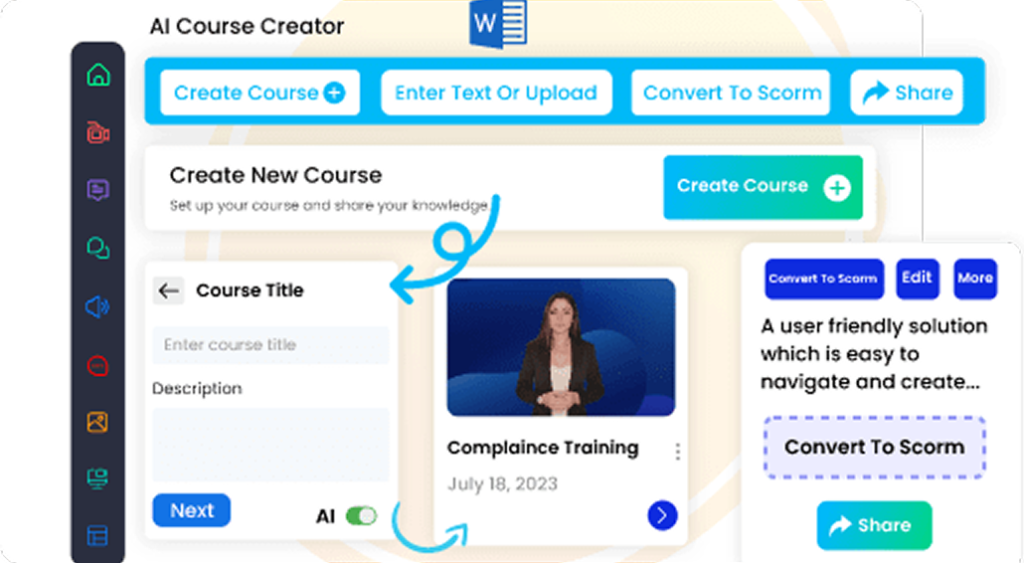Effective decision-making is one of the most important skills that any employee can have in the workplace. With the complexities and rapid changes of modern industries, organizations are increasingly focusing ondecision-making training for employees to help them thrive in their roles. In this blog, we will explore the top 14 decision-making activities that can enhance decision-making skills training for employees in 2025. These activities are designed to not only improve the decision-making process but also empower employees to become better problem-solvers and critical thinkers.
Why Decision-Making Training Matters for Employees
Decision-making is a critical skill that influences both individual and organizational performance. In today’s fast-paced environment, decision-making skills training plays a pivotal role in improving productivity, driving innovation, and fostering a culture of accountability. Employees who can make sound decisions quickly are more likely to contribute positively to their teams and the overall business.
1. Scenario-Based Decision-Making Exercises
One of the most effective ways to develop decision-making skills is through scenario-based training exercises. Employees are given real-world scenarios that simulate challenges they may face in their roles. These scenarios can include anything from handling a difficult customer complaint to making strategic decisions about product development. By practicing these scenarios, employees learn how to evaluate options, consider potential risks, and make decisions that align with company goals.
2. SWOT Analysis Activities
Using a SWOT (Strengths, Weaknesses, Opportunities, Threats) analysis is a classic decision-making tool that helps employees evaluate different factors before making decisions. By engaging employees in SWOT analysis activities, they can assess the pros and cons of various options and make more informed decisions. This process is especially beneficial when employees need to weigh risks and benefits before taking action.
3. Group Decision-Making Discussions
Collaboration is key to decision-making in a business environment. Group discussions allow employees to share perspectives, debate different options, and arrive at a collective decision. These activities promote communication, teamwork, and trust while ensuring that decisions are well-rounded and consider multiple viewpoints.
4. Decision Tree Mapping
Decision trees are a visual tool that helps employees break down complex decisions into simpler, more manageable steps. By mapping out the possible outcomes of a decision, employees can more easily understand the potential impact of their choices. Decision tree mapping is an excellent exercise for employees who need to make decisions based on multiple variables and want to avoid analysis paralysis.
5. Risk Management Workshops
Risk management is a crucial part of decision-making. Through risk management workshops, employees learn to identify potential risks, assess their impact, and develop mitigation strategies. These workshops help employees become more comfortable making decisions in uncertain or high-risk situations, which is an essential skill in today’s volatile business world.
Learning Built Around Your Goals.
Discover how our courses can align with your training goals and drive real results.
6. Cost-Benefit Analysis Activities
Before making major decisions, employees need to evaluate the potential costs and benefits. A cost-benefit analysis is a key activity for decision-making training, where employees compare the advantages and disadvantages of different options. This activity teaches employees to consider both tangible and intangible factors when making decisions, leading to better overall outcomes.
7. Simulation Games
Simulation games are interactive training tools that allow employees to practice decision-making in a controlled environment. These games often simulate high-pressure situations that require quick thinking and effective decision-making. Employees can experiment with different strategies and learn from their mistakes in a safe setting.
8. Role-Playing Exercises
Role-playing is another effective decision-making activity. In these exercises, employees take on different roles within a scenario and practice making decisions from different perspectives. Role-playing helps employees understand the consequences of their actions and develop empathy, which is crucial for making informed decisions that consider the needs of others.
9. Decision-Making Journals
Encouraging employees to keep a decision-making journal helps them reflect on the decisions they’ve made and learn from their experiences. Journals can include insights on what went well, what didn’t, and how they can improve their decision-making in the future. This activity promotes self-awareness and accountability, which are important for long-term development.
10. Leadership Decision-Making Training
For employees in leadership positions, specialized decision-making training is essential. Leadership decision-making training focuses on high-level strategies, such as making decisions that align with organizational vision, managing teams through change, and leading in crisis situations. These activities help leaders sharpen their judgment and make more effective decisions at the executive level.
11. Time Management Decision Activities
Time management is closely tied to decision-making. Through time management exercises, employees learn how to prioritize decisions, allocate resources efficiently, and avoid procrastination. These activities teach employees how to balance urgency with strategic thinking, leading to more productive decision-making.
12. Emotional Intelligence in Decision-Making
Emotional intelligence (EI) plays a significant role in decision-making, especially in high-pressure situations. Training employees to recognize and manage their emotions, as well as those of others, can lead to better decision-making outcomes. EI-based activities help employees make more thoughtful, empathetic decisions that align with both personal and organizational values.
13. Visual Decision-Making Tools
Using visual tools like mind maps, flowcharts, and diagrams can enhance decision-making by providing a clear structure for thinking through problems. Visual tools help employees map out options, analyze data, and compare alternatives in a more intuitive way. Incorporating these tools into decision-making training activities allows employees to process information faster and make better decisions.
14. Decision-Making Feedback Sessions
Feedback is essential for improving decision-making skills. After making a decision, employees can participate in feedback sessions where they discuss their thought process, evaluate their choices, and receive guidance from peers or mentors. These sessions provide valuable learning opportunities and promote continuous improvement in decision-making abilities.
Explore our complete course catalog to find training programs designed to strengthen decision-making, leadership, and critical thinking skills across all levels of your workforce.
Conclusion
As organizations continue to evolve in 2025, providing employees with robust decision-making training is essential for staying competitive. The activities outlined in this post can serve as a foundation for developing strong decision-making skills that are crucial for success in today’s fast-paced business environment. By incorporating these training activities into your organization’s development programs, you can help employees make better decisions, contribute to business growth, and build a more resilient workforce.
Access 100+ fully editable, SCORM-compatible courses featuring an integrated AI Tutor and an in-built authoring tool. Seamlessly compatible with any LMS, these courses are designed to elevate your training programs.
Explore Our eLearning Course Catalog























